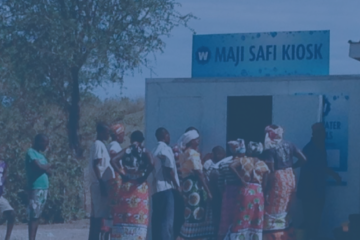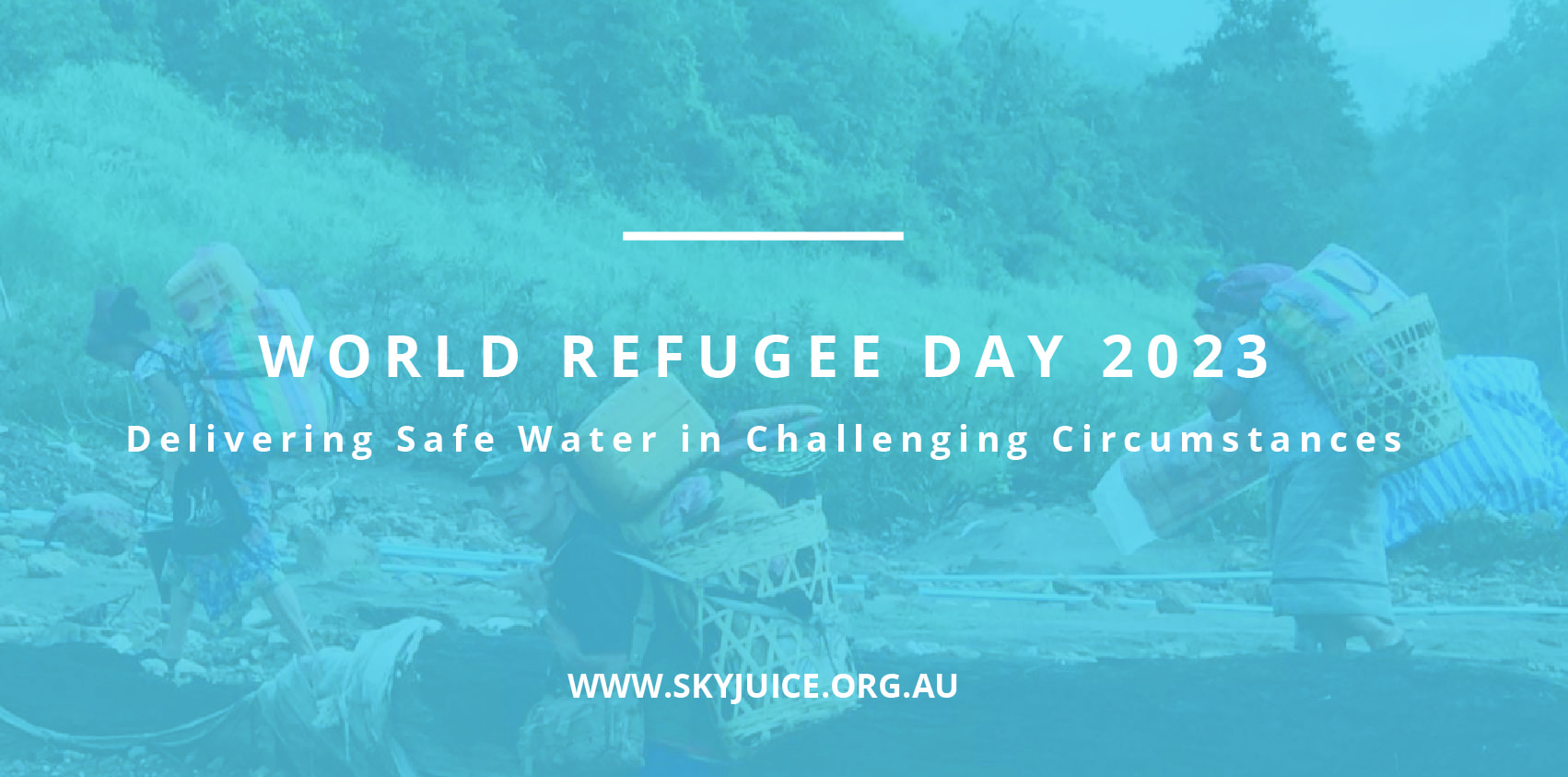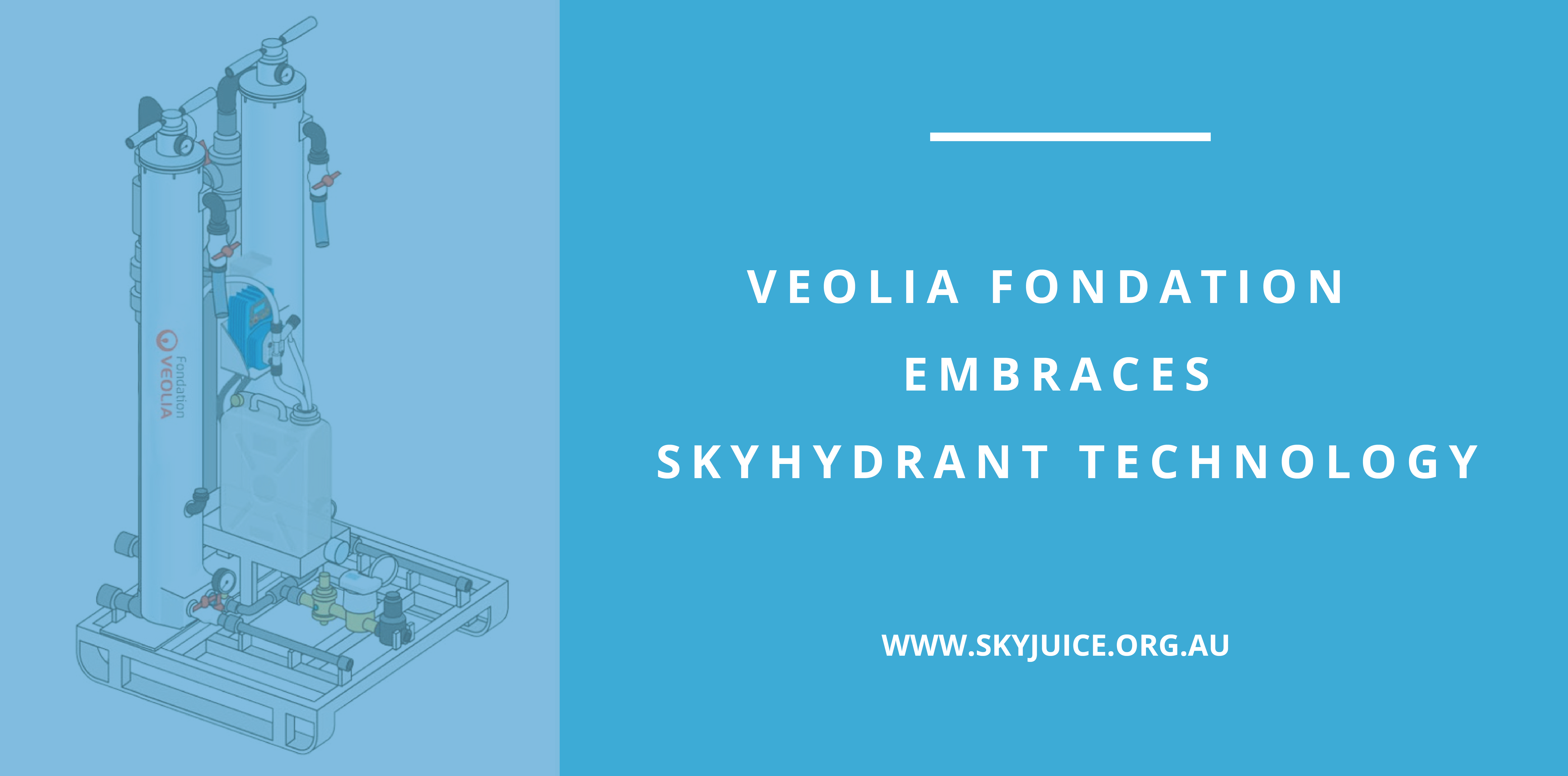Mobile phones may soon be routinely used to assess the quality of drinking water in developing countries. A team of researchers at the University of New South Wales have been testing new water quality testing methodologies targeted for rural and remote water supplies in many countries. The UNESCO Centre for Membrane Science & Technology at UNSW has come up with a way to use the conventional mobile phone (and its camera) as a water quality instrument.
The initial work was completed last summer by volunteer student Kushal Polepalle. This initial work has demonstrated that it is possible to simply convert the picture of a water sample into numerical values that could be correlated with conventional turbidity and UV adsorption. The implications for reinforcing practical safe water implementation are enormous. A quick, reliable and cost-free technique will reap dramatic flow benefits for public health.
 While the current process features limited sensitivity and accuracy, the resulting value has been deemed by the UNSW team that it will be an appropriate indicator of the quality of water (especially in terms of colour intensity).
While the current process features limited sensitivity and accuracy, the resulting value has been deemed by the UNSW team that it will be an appropriate indicator of the quality of water (especially in terms of colour intensity).
It is envisaged by the UNSW team that this information could then be used to build more accurate and efficient decision-making supporting the operation and maintenance of water solutions, such as the Skyjuice SkyHydrant Water Filtration units.
This is another example how important modest R&D work at universities can have direct and substantial impact on the global stage. We will keep you posted on the work at UNSW and ongoing progress with this project.
NOTE: Article information provided by Dr Pierre Le-Clech, Associate Professor in the School of Chemical Engineering, UNSW and member of the UNESCO Centre for Membrane Science & Technology



0 Comments